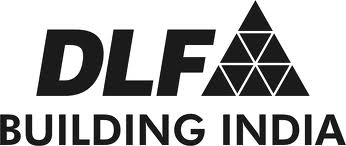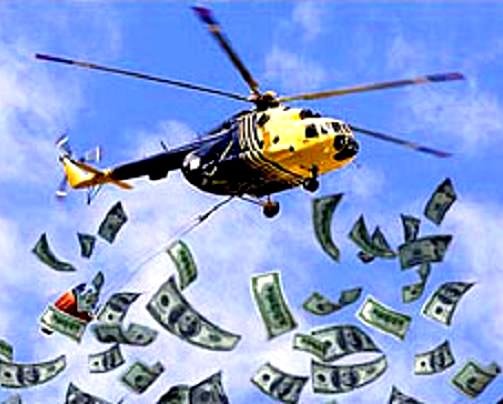The share price of DLF crashed today by 28.5% to close at Rs 104.95. In the process Rs 7439.5 crore of investor wealth was destroyed. Given that promoters own close to 75% of the company they had to bear a bulk of this fall.
In a landmark order, the Securities and Exchange Board of India(Sebi), barred DLF, KP Singh, the chairman and founder of the company, along with five other company executives from “buying, selling or otherwise dealing in securities, directly or indirectly, in any manner, whatsoever, for the period of three years.”
DLF failed to provide information on various subsidiaries as well as FIRs that were pending against it, when it re-listed in the stock market in 2007. (This blog explains the entire order in a very simple way).
Back then, the company had raised close to $2.3 billion through what was the biggest initial public offering until then. The Sebi order pointed out that “Noticees suppressed several material information in the RHP/Prospectus of DLF and actively concealed the fact about filing of FIR against Sudipti [a DLF subsidary] and others.”
The stock crashed today by 28.5% as investors sold out enmasse. The question is why did the investors abandon DLF today?
As on June 30, 2014, the company had a total debt of Rs 19,064 crore on its balance sheet. In the annual report for 2013-2014, the company points out that the “average cost of debt has continued to range between 12.5% and 13%.” This rate of interest couldn’t have changed much since then.
At 12.5%, the total amount of interest that the company needs to pay per year on an outstanding debt of more than Rs 19,000 crore, works close to Rs 2,400 crore per year or around Rs 600 crore per quarter. This is huge for a company which had sales of Rs 1,851 crore for the period between April and June 2014.
With the company paying huge interest on its outstanding debt, the finance charges stood at 30% of the total revenue during April to June 2014. This number has gone up over the years as the sales of the company have plummeted. For the period between April and June 2012, the finance charges were at 20% of the total revenue. The net sales for the period had stood at Rs 2,503 crore. The sales since then have fallen by around 26% to Rs 1,851 crore for the period between April to June 2014. The hope was that DLF would be able to bring down the value of its debts by listing a real estate investment trust (REIT), the rules for which were finalized last month. The company has close to 26 million square feet of leased assets. With the Sebi barring the company and its promoters from accessing capital markets, the company will now not be allowed to list a REIT in the next 36 months.
This means that the company will continue with a massive amount of debt on its balance sheet. This explains why the stock price fell by more than 28% today. It was simply adjusting to the new reality.
How did the company end up with so much debt on its balance sheet?
The company essentially borrowed a lot after it got relisted in the stock market in 2007. As on December 31, 2007, the total debt of the company had stood at Rs 3,702 crore. This jumped to Rs 7,066 crore by December 31, 2008, to Rs 12,830 crore by December 31, 2009 and Rs 22,758 crore by December 31, 2011. In a period of four years, the debt of the company jumped by more than six times.
The company borrowed a lot of money during this period to build a land bank and to diversify itself into other businesses which ranged from wind power to insurance and mutual fund to the luxury hospitality business. Since then, the company has been trying to come out of these businesses. During the last financial year, the company sold off its stake in the insurance business as well as DLF Global Hospitality Ltd.
This has helped the company to bring down its total debt marginally. The total debt of the company as on March 31, 2013, had stood at Rs 21,731 crore. This came down to Rs 18,526 crore by March 31, 2014. But has since then again shot up to Rs 19,064 crore.
The company will challenge the Sebi order. As it said in a release today “DLF will defend itself to the fullest extent against any adverse findings and measures contained in the order passed by SEBI. DLF has full faith in the judicial process and is confident of vindication of its stand in the near future.” Nonetheless, a close reading of the order suggests that the company is clearly on a weak wicket here. In fact, earlier this year, the Supreme Court had upheld a Rs 630 crore fine imposed on DLF by the Competition Commission of India. The Sebi order has made the situation worse for DLF.
To conclude, the mistakes made by DLF in the era of “easy money” seem to be catching up with it.
The article originally appeared on www.FirstBiz.com on Oct 14, 2014
(Vivek Kaul is the author of the Easy Money trilogy. He tweets @kaul_vivek)



